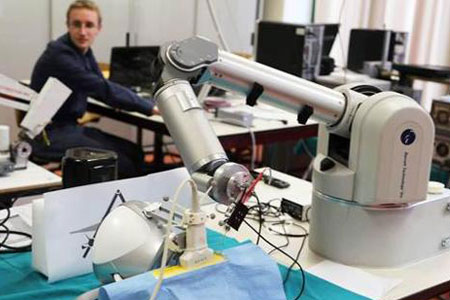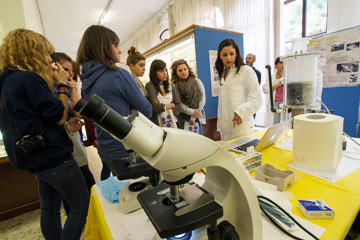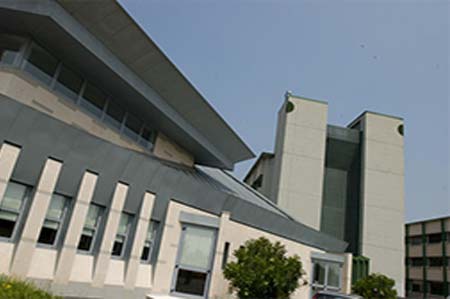
Relatore:
Dr. Andrea Giugni
- King Abdullah University of Science and Technology (KAUST), PSE, SMILEs Lab.
martedì 1 ottobre 2019
alle ore
15.30
Aula H
Raman scattering is a noninvasive optical technique that allows accessing chemical and structural data at the molecular level to gain relevant information with the identification of samples’ constituents, or, for example, to detail the chemical bonds evolution in a chemo-physic process.
In recent years nanoplasmonics science, that offers the tools to control optical phenomena at the nanoscale level has substantially improved opening to new and diversified solutions in Raman spectroscopy investigation. Today, enhanced Raman scattering is routinely used to identify traces in heterogeneous or diluted samples at submicromolar level, and to investigate structural properties of newly synthesized nanostructured materials, engineered for energy harvesting, broadband photo-detection, or electron transport among others, all at the base of next-generation miniaturized devices. Raman spectroscopy, more than ever, pushes to a new level the knowledge in material science.
In this contest, we have introduced several new multidisciplinary investigation tools that, on the optical point of view, generate matrices of bright hot spots suitable for SERS substrate, or single point probes at the tip of a multifunctional scanning device that sources hot-electrons and photons. All plasmonic devices rely on the intrinsic electromechanical nature of plasmon polaritons that are responsible for a local field enhancement at the nanoscale.
We briefly review the physical aspects that led to the squeezing of the electromagnetic energy, overcoming both limits, the fundamental optical diffraction, and the energy transport of the electrons in the metal nanostructured device, yet offering a nanometric spatial resolution for topography, optical Raman spectroscopy, and hot electrons transport. As examples, we present the characterization of innovative 2D MoS2/SnO heterojunction for applications in electronics, the Raman investigation of structural phase transitions in organic-inorganic perovskites.
Complementary concurrent spectroscopies based on nanoprobe will allow a more profound knowledge of local complexity at nanometric scale otherwise undetected with conventional techniques. We foresee that such enacted detection will play a key role in relating the functional and structural properties of all tiny amount of matter exploiting their primary functions down to few to the single-molecule level.
Contact Person: Prof. Gino Mariotto
- Referente
-
-
Referente esterno
-
- Data pubblicazione
-
19 settembre 2019







